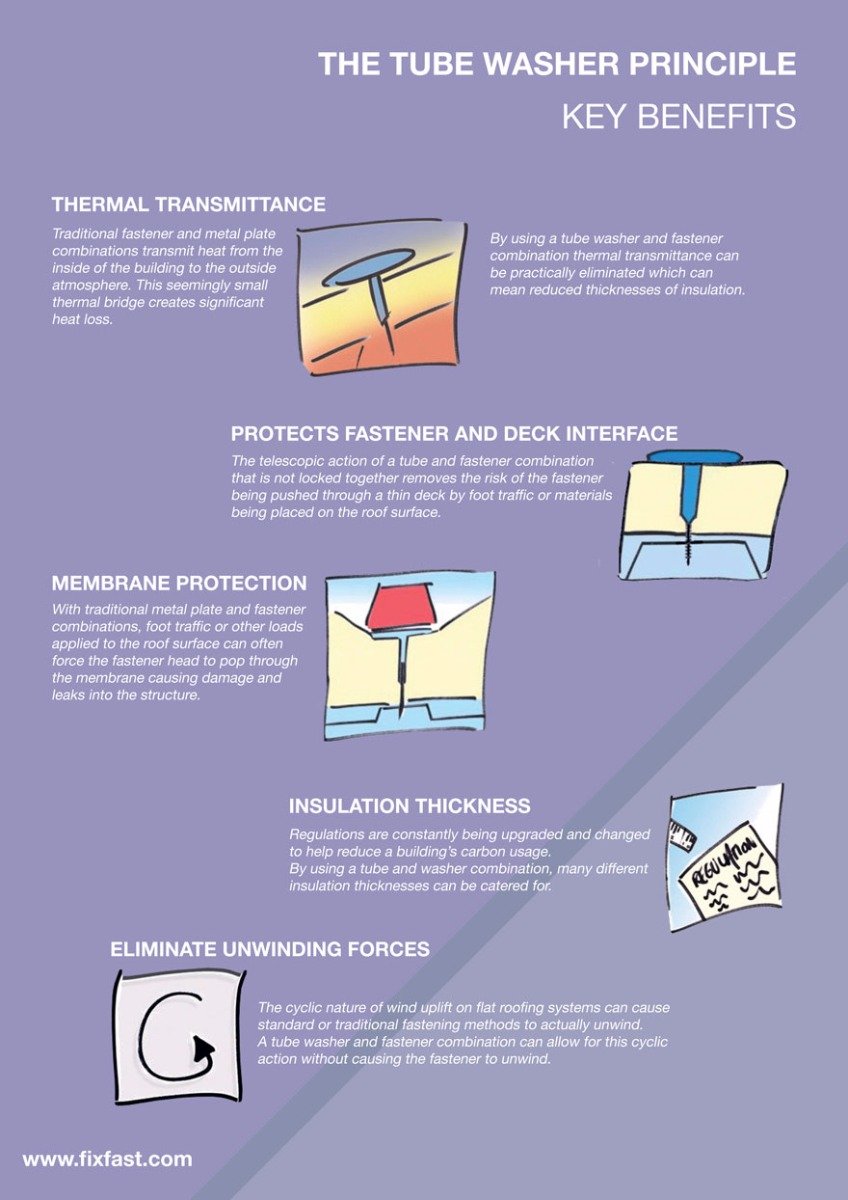Neglecting Roof Covering Air Flow Can Sustain High Prices In Repairs; Comprehend The Basic Elements That Make Sure Appropriate Installment And Protect Your Monetary Passions
Neglecting Roof Covering Air Flow Can Sustain High Prices In Repairs; Comprehend The Basic Elements That Make Sure Appropriate Installment And Protect Your Monetary Passions
Blog Article
Web Content By-Morrow Ploug
When you're dealing with a roof covering project, you may not believe much about roof covering ventilation, but it's more essential than you realize. Efficient ventilation aids manage temperature and moisture in your attic room, stopping issues like mold and mildew and structural damage. By recognizing how to make and install a balanced air flow system, you can enhance energy performance and lengthen the life-span of your roofing products. So, what are the key variables to think about throughout installment that can make all the difference?
Importance of Roof Air Flow
Roof covering air flow plays a crucial duty in keeping the general wellness of your home. By permitting fresh air to distribute with your attic room, it assists manage temperature level and moisture levels. This balance is vital to prevent warmth accumulation during warm months, which can result in raised energy expenses as your air conditioning works overtime.
Moreover, proper air flow considerably decreases the risk of moisture-related problems like mold and mold. If moisture degrees rise, your home's architectural honesty can be compromised, causing expensive repair services. You would not want to manage deteriorating wood or distorted roof materials, right?
In addition, appropriate ventilation prolongs the life expectancy of your roofing system. When warmth and wetness are kept in check, your roof can execute efficiently, avoiding premature deterioration. san antonio roofing repair suggests less headaches and expenditures down the line.
How Roof Ventilation Works
Reliable roof covering ventilation counts on the natural motion of air to develop a balance in between intake and exhaust. When you install vents, you're essentially allowing fresh air to enter your attic room while making it possible for warm, stale air to run away. This process aids manage temperature level and dampness levels, stopping problems like mold growth and roofing damages.
Consumption vents, normally discovered at the eaves, pull in amazing air from outside. On the other hand, exhaust vents, located near the ridge of the roofing system, allow hot air increase and leave. just click the following document in temperature level produces a natural air movement, called the stack result. As warm air rises, it creates a vacuum that draws in cooler air from the reduced vents.
To optimize this system, you require to guarantee that the consumption and exhaust vents are properly sized and placed. If the consumption is limited, you won't achieve the wanted ventilation.
Furthermore, not enough exhaust can catch warmth and dampness, bring about potential damage.
Secret Installment Considerations
When mounting roof air flow, several vital factors to consider can make or break your system's performance. First, you require to evaluate your roof covering's layout. The pitch, shape, and materials all influence air movement and ventilation option. Make sure to choose vents that suit your roofing type and local climate problems.
Next, think about the placement of your vents. Preferably, you'll desire a balanced system with consumption and exhaust vents placed for optimum airflow. Area consumption vents low on the roofing system and exhaust vents near the top to encourage a natural flow of air. This configuration helps avoid dampness accumulation and promotes energy effectiveness.
Do not forget insulation. Appropriate insulation in your attic room stops warmth from leaving and maintains your home comfortable. https://remingtontojcx.blogginaway.com/33865506/standards-for-determining-the-suitable-professional-for-your-roofing-fixing-projects that insulation does not obstruct your vents, as this can prevent air flow.
Last but not least, consider maintenance. Choose ventilation systems that are easy to accessibility for cleaning and inspection. Regular upkeep ensures your system remains to work properly over time.
Conclusion
In conclusion, roof covering air flow is important for a successful installation. By guaranteeing correct air flow, you can prevent heat accumulation and wetness concerns that cause pricey damage. When you purposefully position consumption and exhaust vents, you improve energy efficiency and prolong the life-span of your roof covering. Keep in mind, a well-ventilated roofing system not only protects your financial investment yet also boosts your indoor air quality. So, prioritize ventilation to ensure a resistant and cost-efficient roof for your home.
